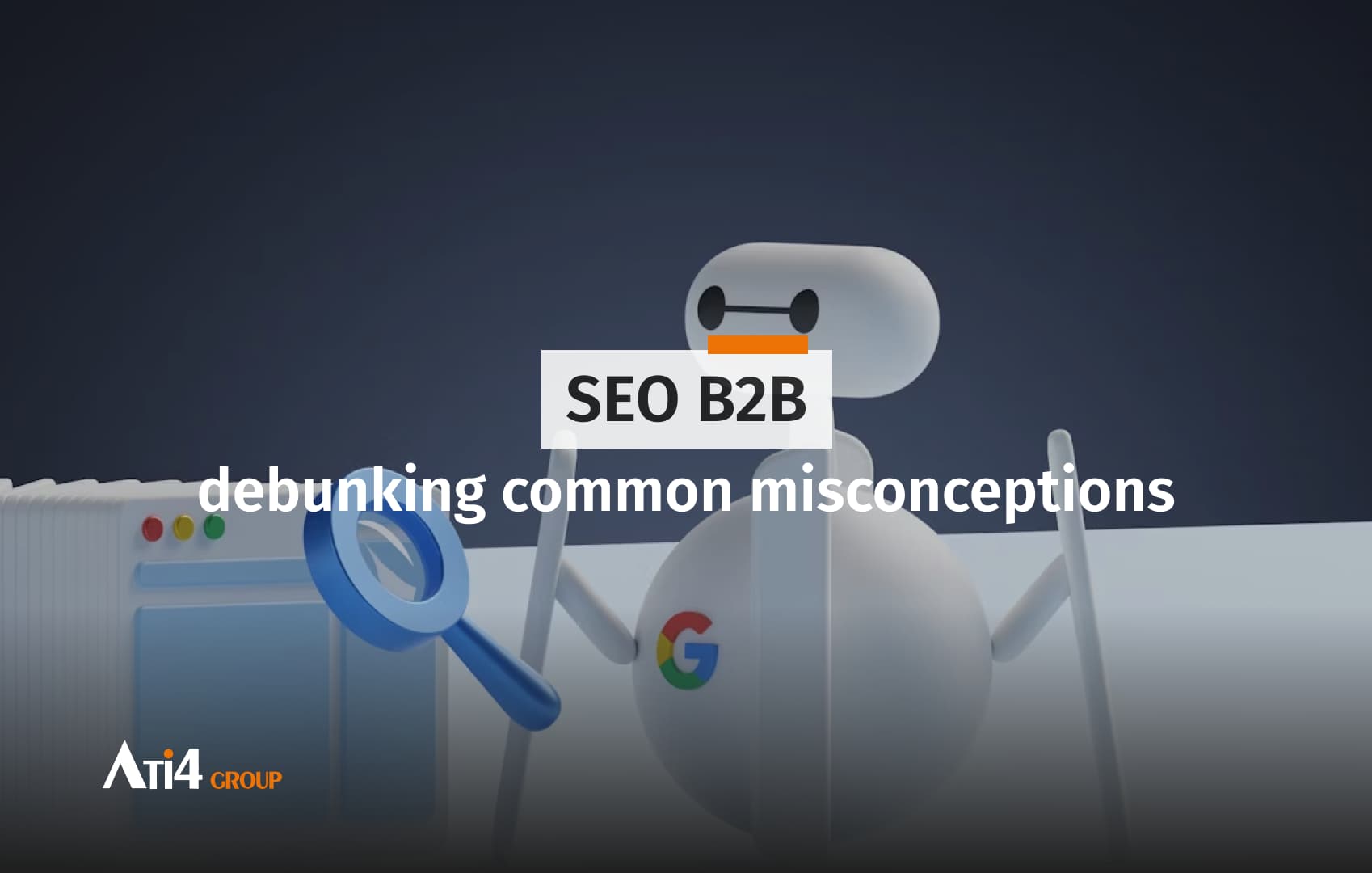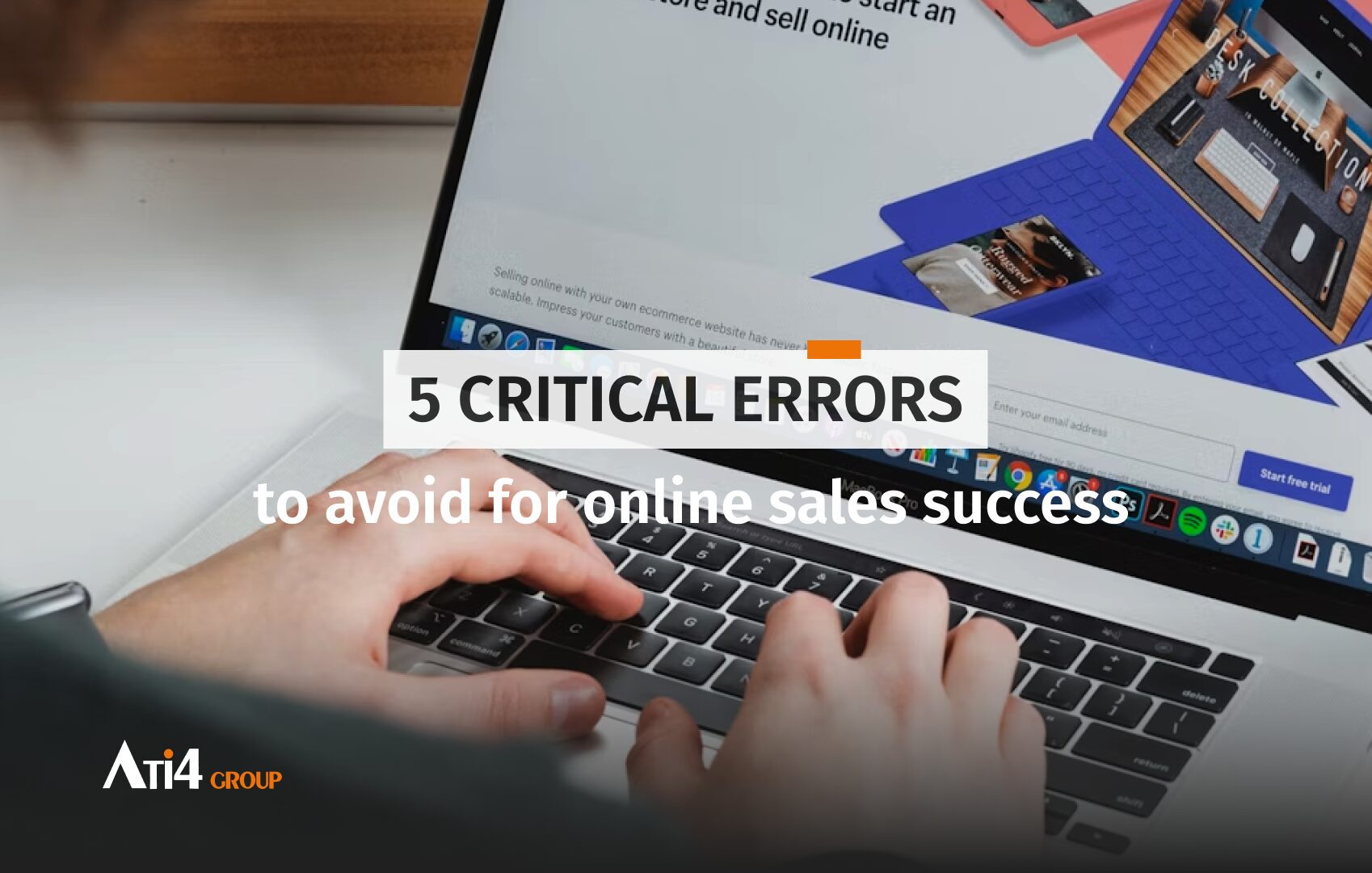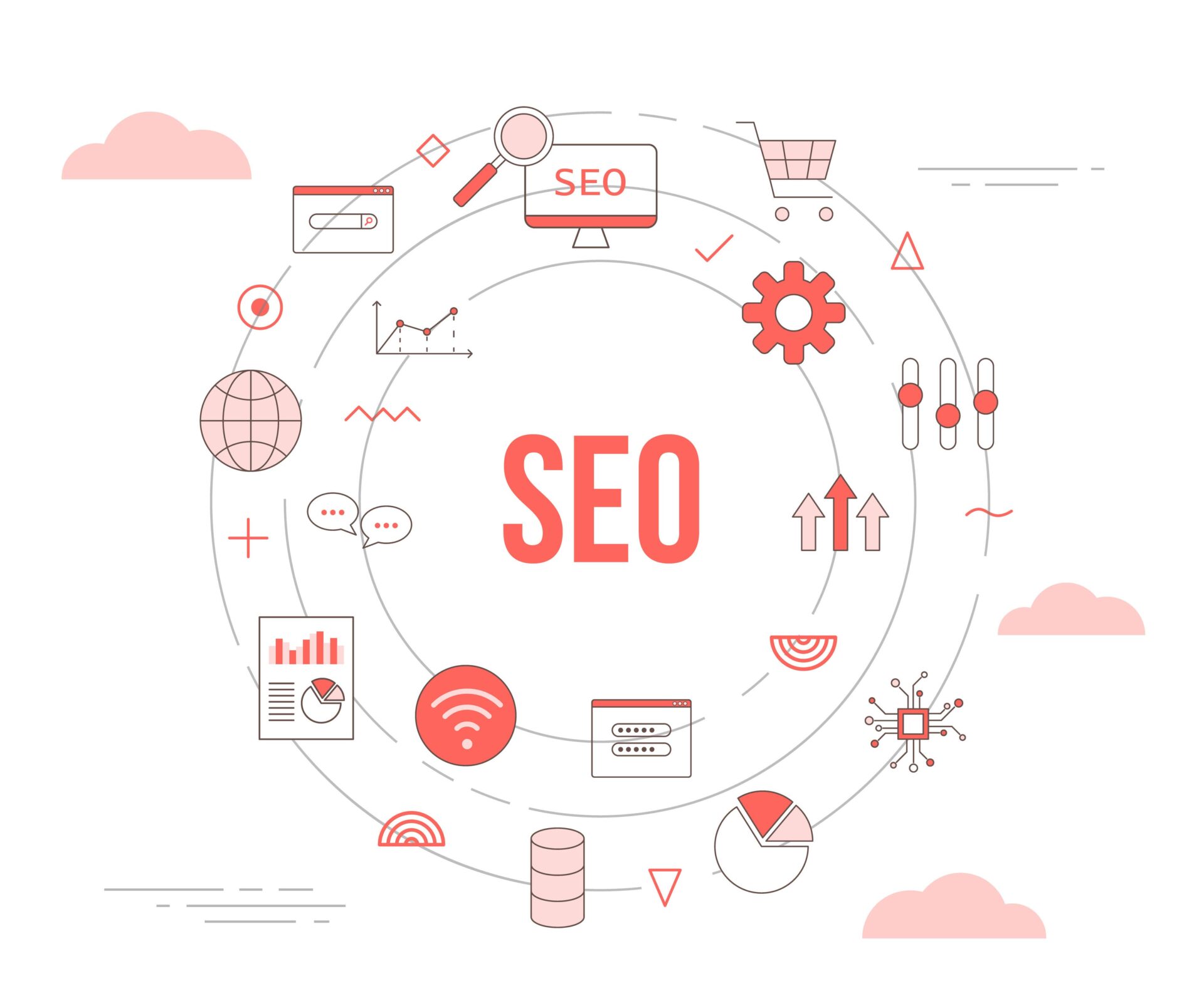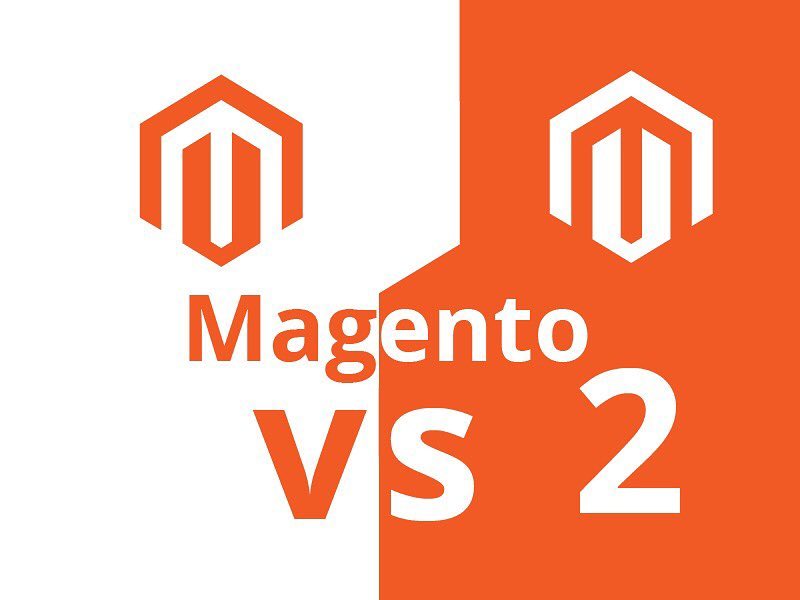Optimizing product listings to boost online sales
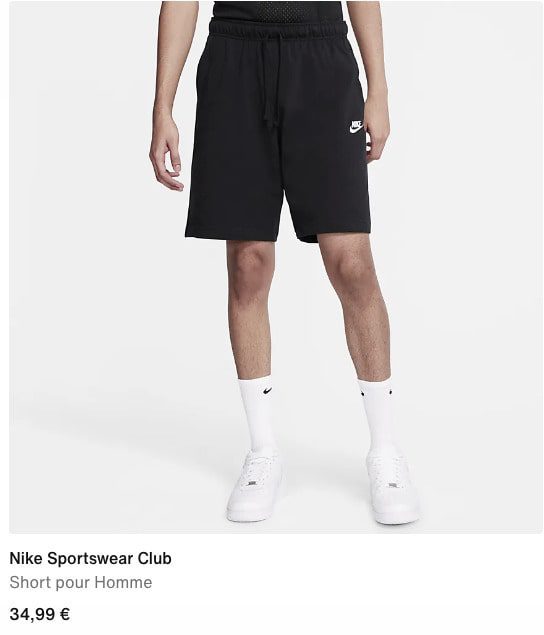
In the context of online sales, product listings are the cornerstone of the commercial strategy. They play a crucial role in converting visitors into customers as they provide detailed information about the products offered by a company. What are the key points to watch out for and the best practices to optimize them and maximize sales?
By definition, a product listing allows for the presentation of items on a specific sales channel. It provides a detailed description of a product: its features, usage, qualities, technical specifications, selling price, and sometimes its manufacturing origin.
An incomplete or incomprehensible listing, lacking information and criteria, will increase cart abandonment. Therefore, product listings are decisive in the purchasing journey as they allow the customer to gather information about products that interest them.
Optimization of Textual Content
Titles and descriptions
Step number one, and not the least: optimizing titles and descriptions on all product listings.
The title is one of the first points of contact between consumers and the products offered. It plays a central role in their purchasing decision. Firstly, when well optimized, they contribute to the improvement of organic visibility of products in online search engines. Therefore, titles should be clear, descriptive, but also concise and include relevant keywords for your target audience. The more explicit and relevant the title, the more likely the customer will click on the product page. On average, it is recommended not to exceed 7 words in the title: the product name and a few keywords to remain clear and avoid information overload for the consumer. With keywords in line with your target audience, you increase the chances of your product being displayed at the top of results when a user conducts a related search.
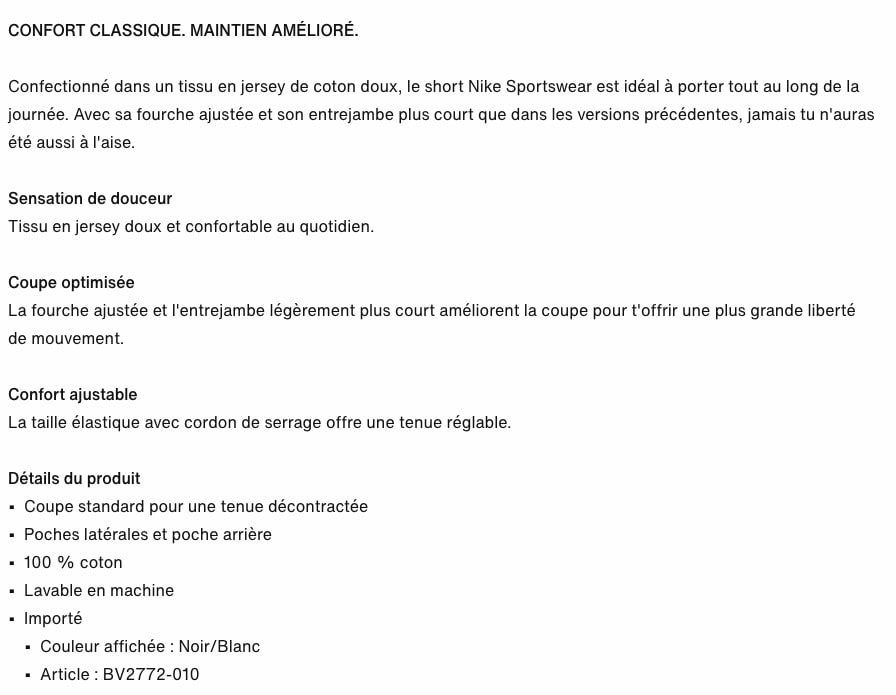
From the perspective of descriptions, they must be clear and detailed, in order to not only highlight the product’s features, but also, and above all, to address potential customer questions. Indeed, the more detailed the physical and technical characteristics are, the more you will help the consumer form a clear idea of what they are purchasing. The construction of syntax and grammar is therefore paramount, as it will dispel your customer’s doubts and precisely strengthen their trust in your product and brand.
Of course, these elements will have a direct impact on your conversion rate. When internet users find clear and explicit answers to their inquiries or questions about a product, they are more inclined to make a purchase and remain loyal to your brand and its products.
Product features and customer feedback
Step number two: list the features of your product!
No information is useless, on the contrary: the more detailed and clear the information and specifications, the more you will assist your customers in their purchasing decision. When we talk about product features, we mean: dimensions, materials, maintenance, warranties, accessories, usage, etc. The more information you provide them, the easier it will be for the customer to understand what they are about to buy.
It is also worth noting that customer feedback is a key element in building trust with your online buyers. We strongly recommend encouraging them to leave reviews and comments on your products after making a purchase and receiving the product. Buyers are increasingly wary of fake reviews, so authenticity and honesty are essential.
Optimization of Visual Content
High-quality images
We all know that a picture is worth a thousand words. And that’s why they are essential in generating interest among your online buyers.
Firstly, it’s important to use high-quality images that showcase the product from different angles and in various contexts. This allows customers to see what the product actually looks like before making their purchase. So, ensure that your images are clear, sharp, and attractive. From a marketing standpoint: the more expressive the images, the more the consumer’s emotions are stimulated, leading to a desire to purchase if the product meets their expectations.
It’s also worth noting that images help to reinforce brand image and the customer’s perception of product quality. Indeed, taking care of the quality and quantity of content offered helps to reinforce the representation of the real product in terms of credibility and commercial effectiveness.
In an increasingly competitive environment, images are a decisive factor for standing out from the competition. The more unique, creative, and relevant the photos you showcase, the more you will encourage consumers to choose your product among a multitude of similar options. The aesthetics of your images play a major role in converting your visitors into customers.
Streamlining navigation
We know that fluidity in digital experiences is THE key point of vigilance. Especially when it comes to online sales platforms.
Smooth navigation is essential to provide a pleasant shopping experience for your consumers. If your site is slow to load, your customers will end the experience and eventually leave your platform.
Your product listings structure is no exception. Logic and intuition should be the two guiding principles for organizing your products into categories and subcategories. Don’t beat around the bush: if you offer shoes, use terms like “Shoes → Sneakers” rather than “Shoes → Blue shoes → Lace-up shoes → Sneakers”. You can always offer search filters to allow your customers to quickly find your products. The use of clear and convincing CTAs will encourage your buyers to finalize their purchase. Think about adding highly visible buttons like “Add to Cart” or “Buy Now”.
Furthermore, smooth navigation helps maintain user engagement throughout their shopping journey. When customers can easily switch between images without encountering loading or navigation issues, they are more likely to stay on the product page longer. This gives them more time to examine the product, evaluate if it meets their needs, and make a purchasing decision. Navigation can thus play a crucial role in customer retention and reducing cart abandonment rates.
In building a platform, always put yourself in the shoes of your target persona (the person most likely to buy a product or service): What are their desires? Their consumption expectations? Their needs and doubts? Their way of communicating and what they expect from my brand?
The shopping experience of your customers should be the primary focus in your digital strategy, and this also involves optimizing your product listings. A well-thought-out strategy will increase your online visibility and boost your sales.
Find out what’s new at the company.
Because combining pleasure, sharing and work is at the heart of our philosophy, we always take care to combine business with pleasure…
















